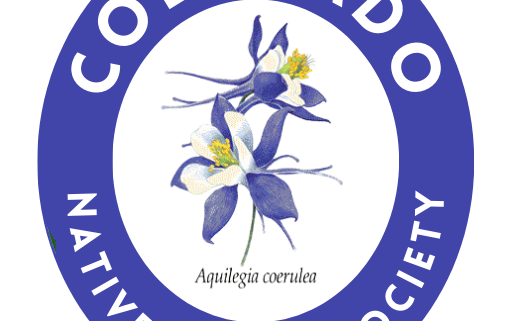
Plant Phenology and Nature’s Clock: How we can use our observations of plants to better understand climate change.
When: April 2, 7-8:30pm
Where: Hybrid
Since time immemorial people have used the timing of when plants flower or when fruits become ripe to plan for when and where to look for food sources, and as a way to better understand the natural world. Phenology, the study of the timing of natural phenomena, has been a key focus in agricultural research where it can be used to determine the best time to plant or harvest crops or when to predict the emergence of pests or diseases. Scientists also use information from traditional knowledge or from naturalists field books, as well as from modern studies using the latest technology to understand how the timing of life events for plants and species that depend on them have changed over time.
These studies are particularly important today since they can help us better understand how climate change is unfolding across the country, and how plants may change their phenological patterns going into the future. Not all species are changing their phenology at the same rate. This can lead to mis-matches such as between the timing of pollinators and flowers, and migratory birds with their food sources.
By making simple observations of plant phenology in your garden, in a local natural area or along a local trail Colorado Native Plant Society members can make important contributions to this important field of study. We will also discuss some of the latest developments from several national citizen science programs that are making it increasingly easy to make phenology observations, submit data to national databases, and learn more about how our plants are adapting to our changing climate.










